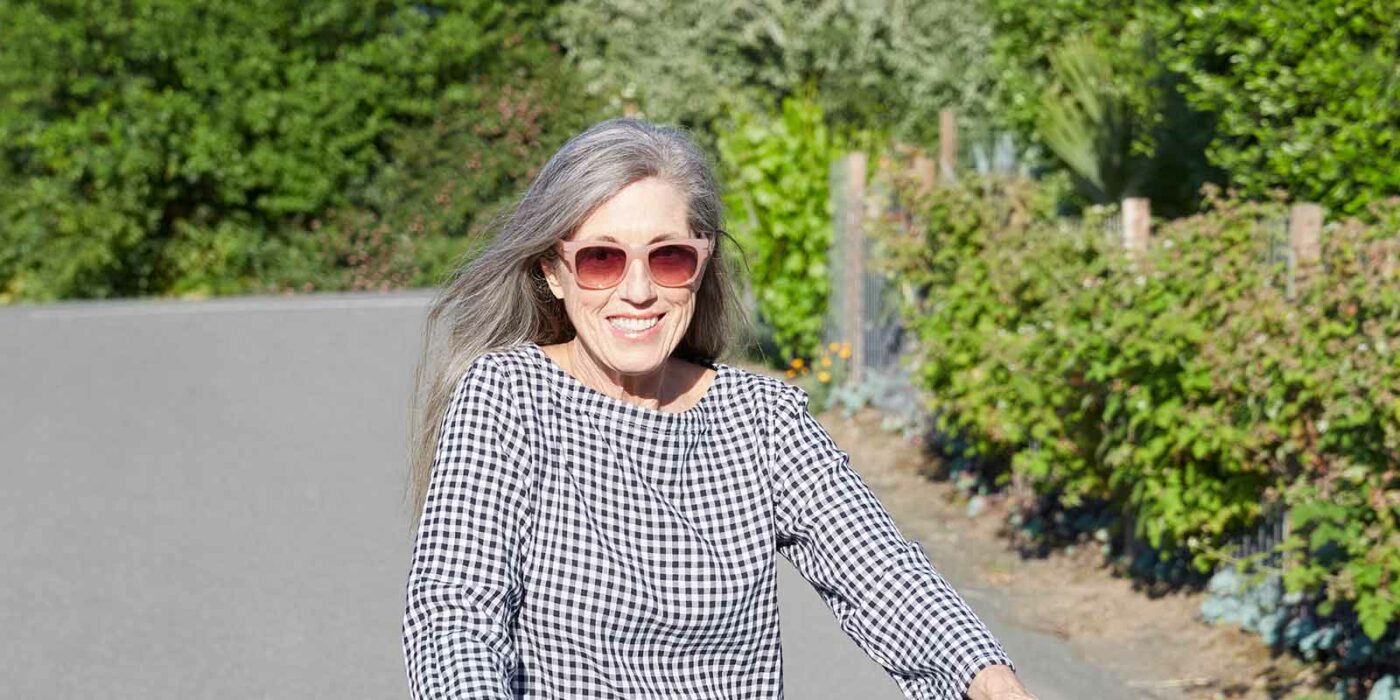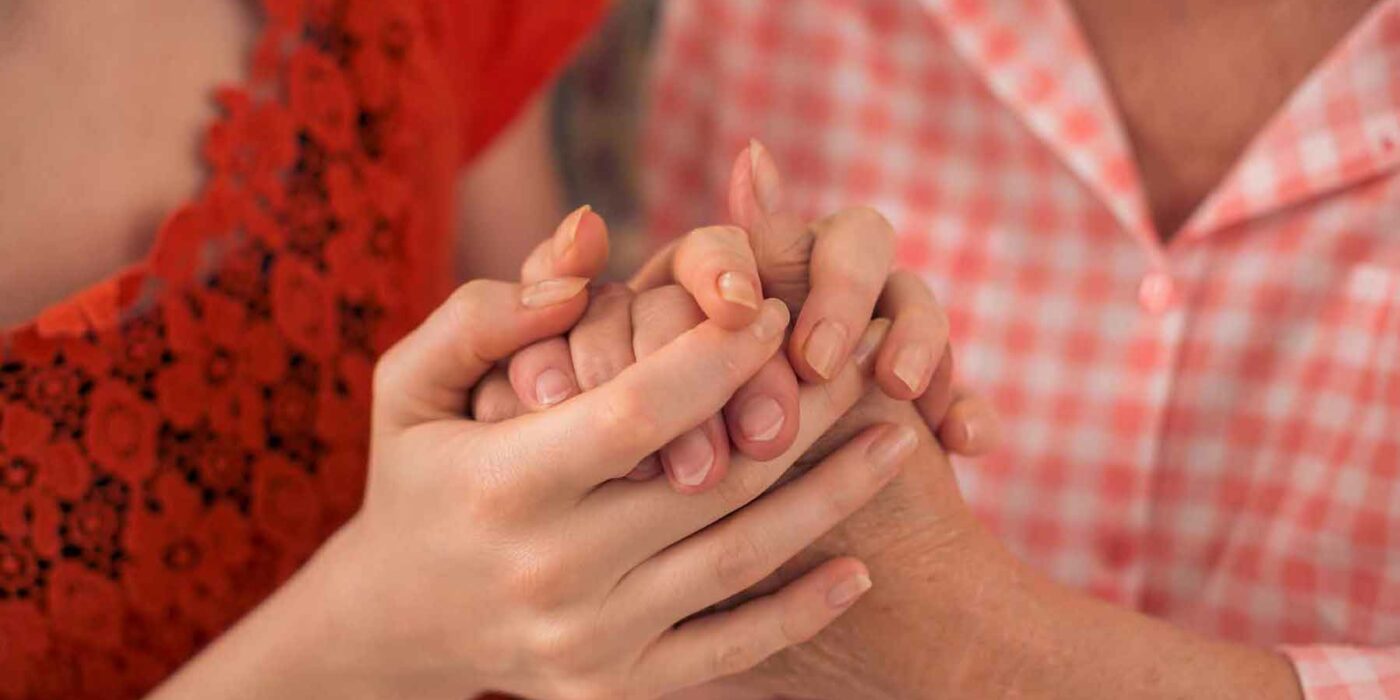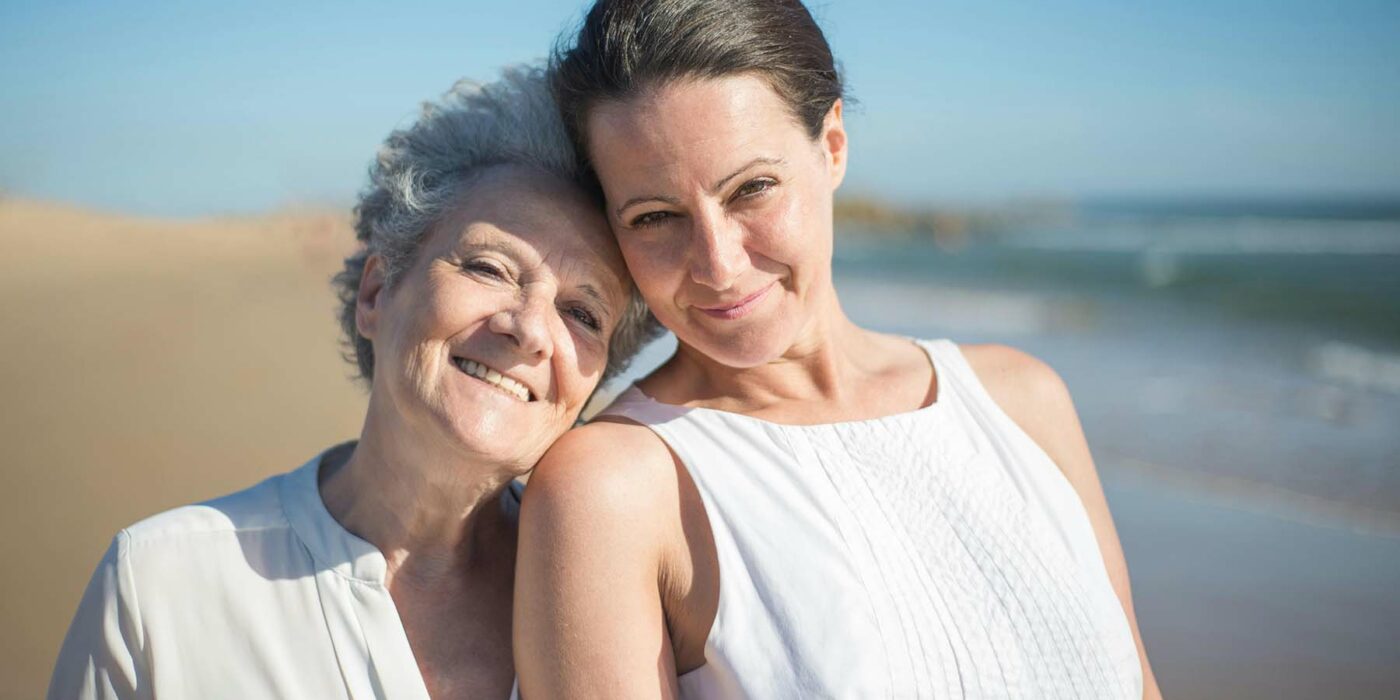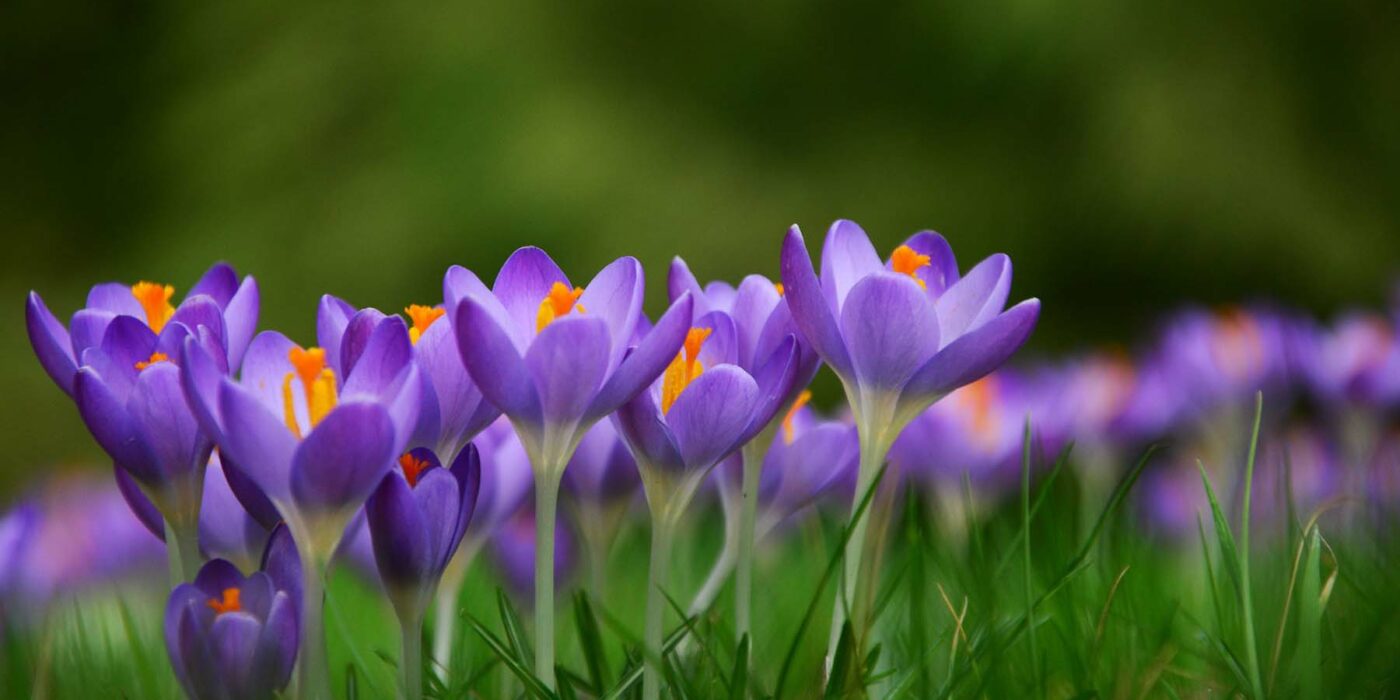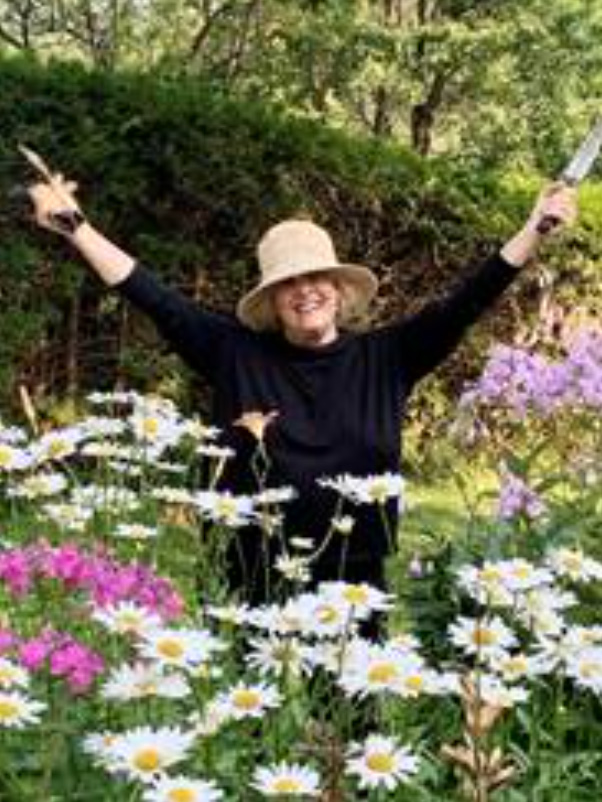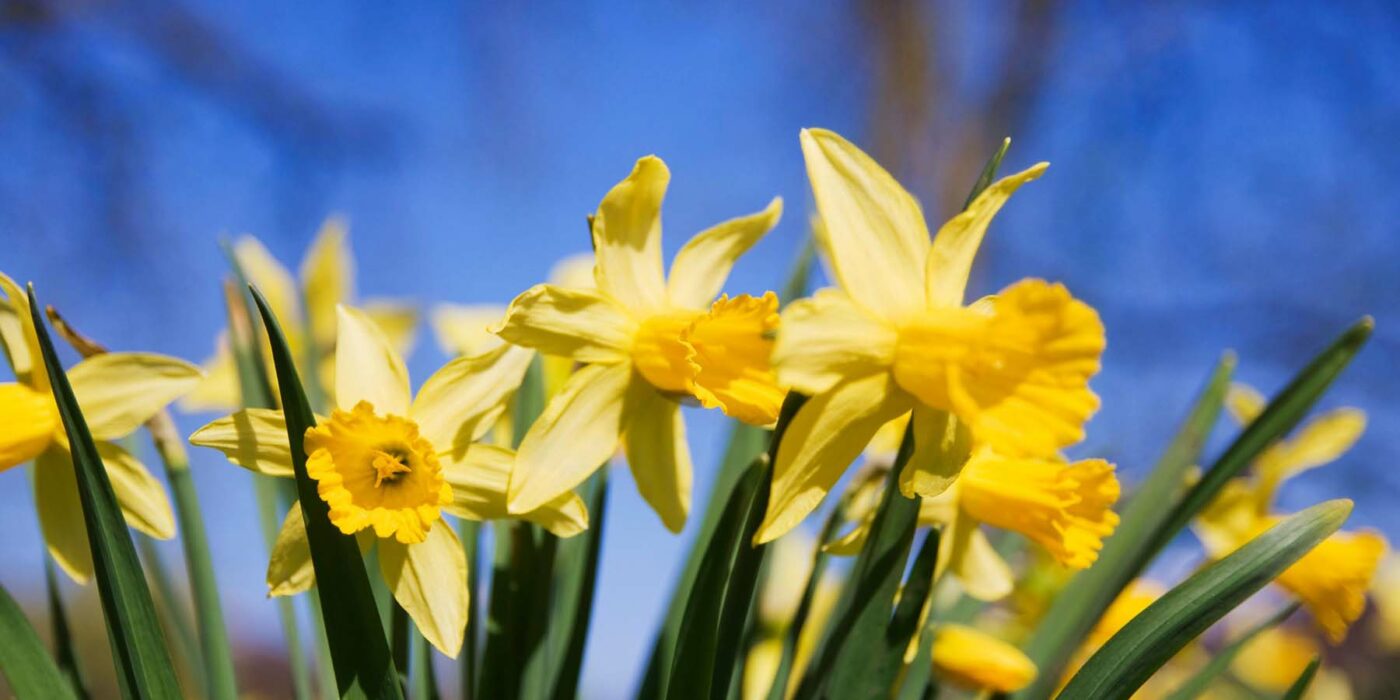🤝 Supporting Senior Independence: Why Choice Matters
As we age, maintaining the ability to make our own choices becomes one of the most important factors in living well. Choice is not just about freedom—it’s deeply connected to confidence, dignity, and a sense of purpose. When seniors are allowed to decide how they want to live their daily lives, they feel empowered and respected. This sense of control helps prevent feelings of helplessness and isolation, which can often accompany aging.
Independence grows from these choices. When seniors can manage their own routines, activities, and social connections, they build self-confidence and remain engaged in their communities. On the other hand, taking away that ability—even with good intentions—can unintentionally reduce their motivation, confidence and well-being. Our experience shows once someone loses confidence in their ability to make decisions, it takes a very long time to recover from it and when they make one mistake they fall back into not trusting themselves and the cycle often repeats itself.
Families and caregivers play a vital role in supporting this independence by encouraging seniors to express their preferences and by respecting their decisions. It’s about partnership, not control. Together, we can help our seniors live with dignity, joy, and strength with their independence for as long as possible.
🤝 A Gentle Guide for Families & Caregivers: Supporting Senior Independence
- Ask First, Then Support
Always begin by asking your loved one what they want or need. For example, instead of deciding to cancel a planned outing, ask if they still want to go and how you can assist. This simple act respects their voice and empowers them to stay involved in their own life choices. - Respect Their Experience
Seniors have decades of life experience and wisdom that shape their decisions. For instance, an older adult may prefer preparing their own meals because they know their tastes and dietary needs best. Honouring this respects their knowledge and autonomy. - Encourage, Don’t Control
Offer help only when needed, and avoid taking over activities they are still capable of doing. For example, if a senior wants to do their own gardening, encourage them and assist with heavier tasks instead of doing everything for them. - Trust Their Abilities
Don’t underestimate what they can do because of their age. A senior who has safely ridden a bike for years might still enjoy it. Trusting their ability to assess their own limits shows confidence in their independence. - Stay Patient and Listen
Sometimes what seniors need most is to be heard without interruption. If they want to share memories or express concerns, listen attentively without rushing to offer solutions. - Celebrate Their Independence
Recognize and praise their efforts to maintain their routines and passions. Complimenting someone for continuing to paint or attend community events reinforces their confidence and motivation. - Focus on Safety With Respect
Discuss any safety concerns openly and involve them in problem-solving. For example, instead of forbidding them to drive, explore options like driving at safer times or using alternative transportation together. - Remember: Dignity Comes From Choice
Allowing seniors to make their own decisions, even small ones, preserves their dignity. Whether it’s choosing what to wear or deciding when to socialize, these choices affirm their identity and self-worth.
As time goes on, there may come a moment when your loved one needs more help with things like technology, banking, health appointments, or getting around. When this happens, it’s important to always ask their permission before stepping in to assist. This simple act of respect helps keep some control and decision-making power in their hands. Feeling in control of their own life, even when receiving help, supports their confidence and well-being as they continue the journey of aging.
Recommended Canadian Resource
For families and caregivers seeking more guidance, The Canadian Centre for Caregiving Excellence (canadiancaregiving.org) offers excellent resources on supporting seniors with respect, autonomy, and practical advice on caregiving. Their materials emphasize dignity and partnership in care — a great complement to this guide.
Supporting seniors means valuing their independence as much as their safety. It’s a balance that enriches their lives—and ours.



